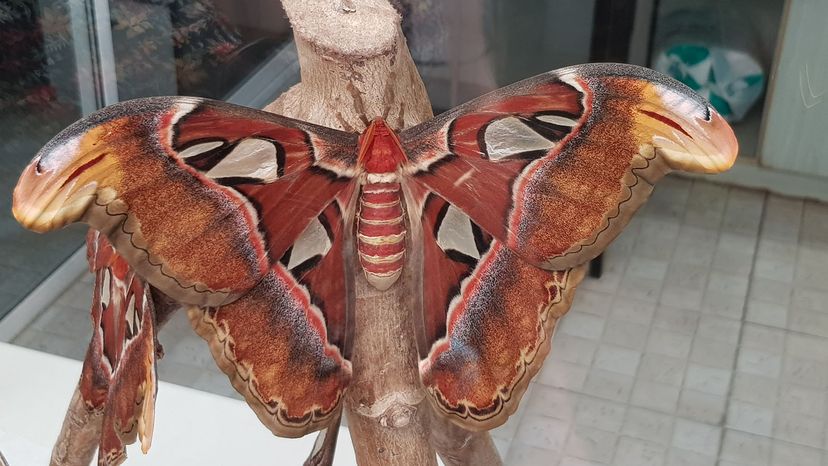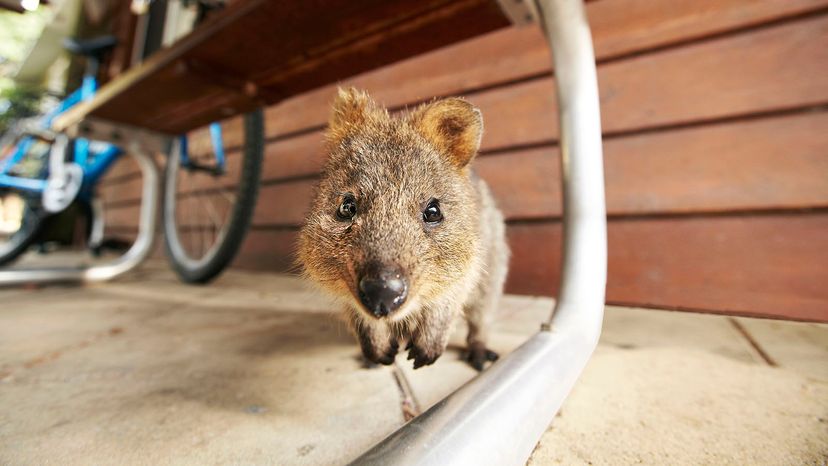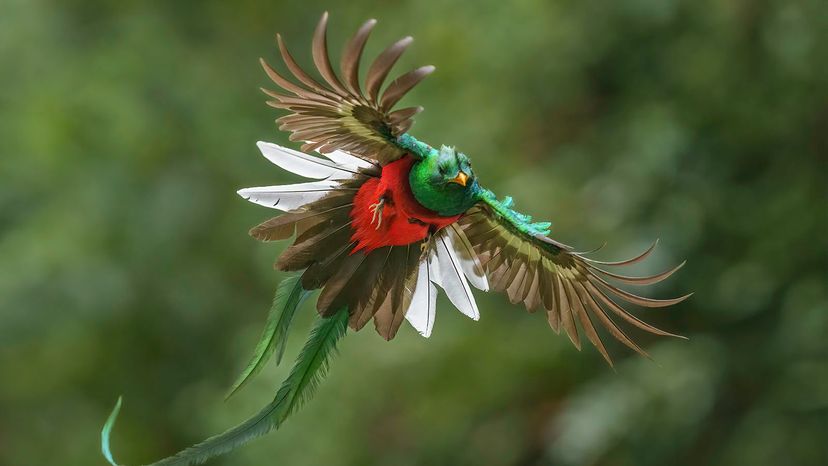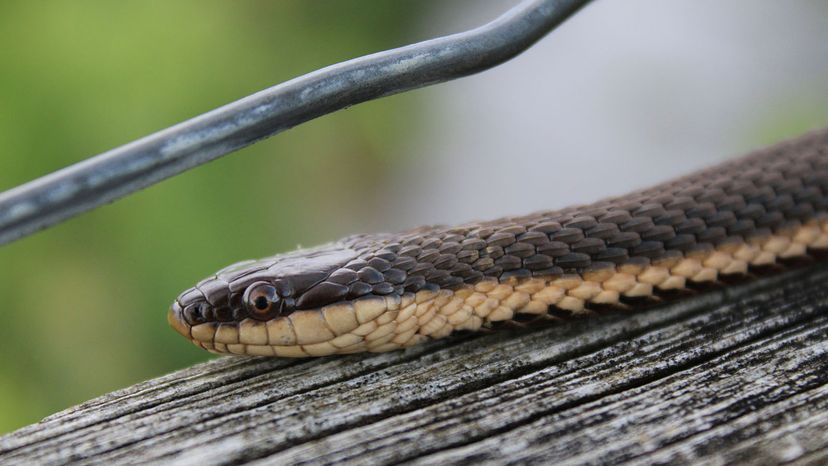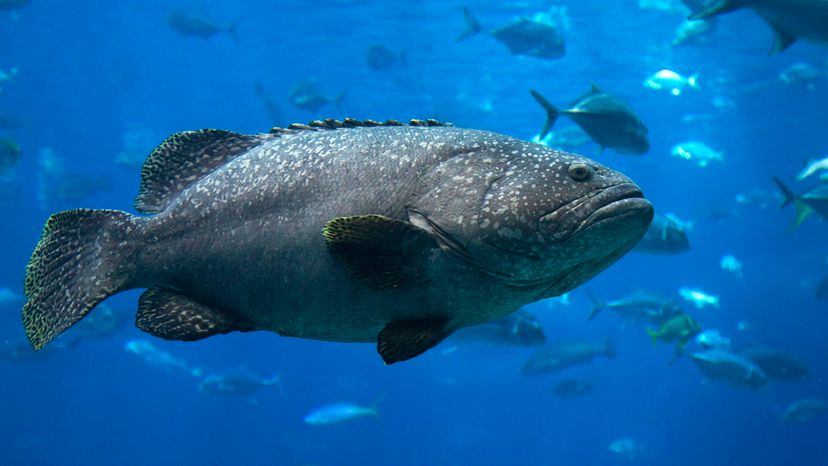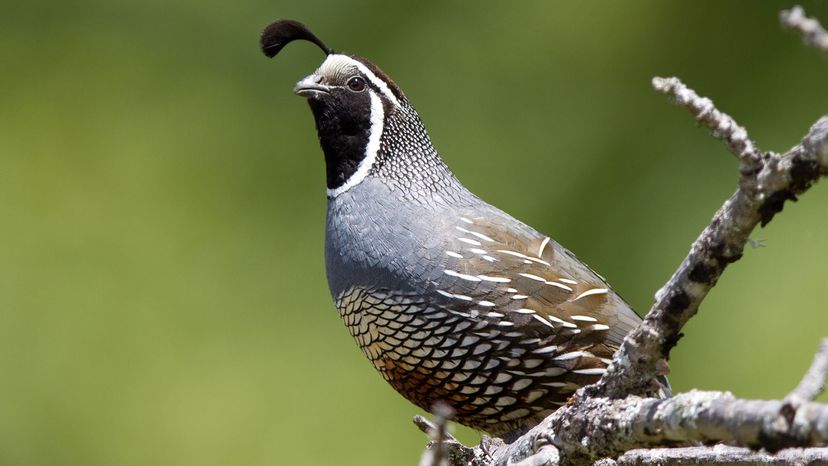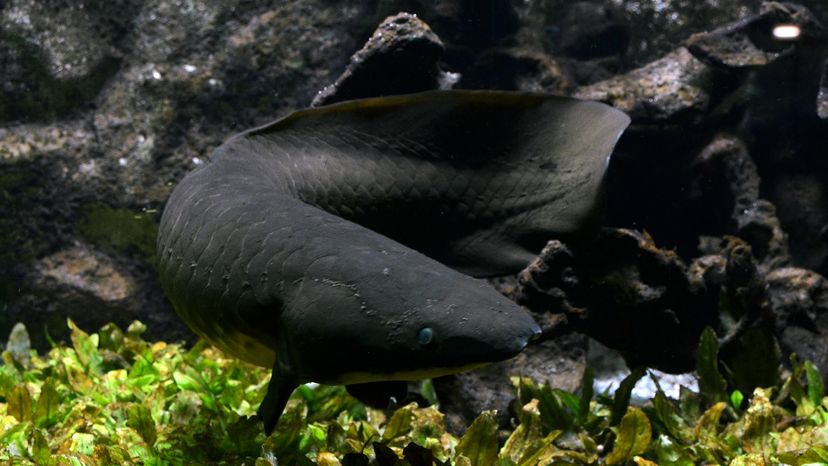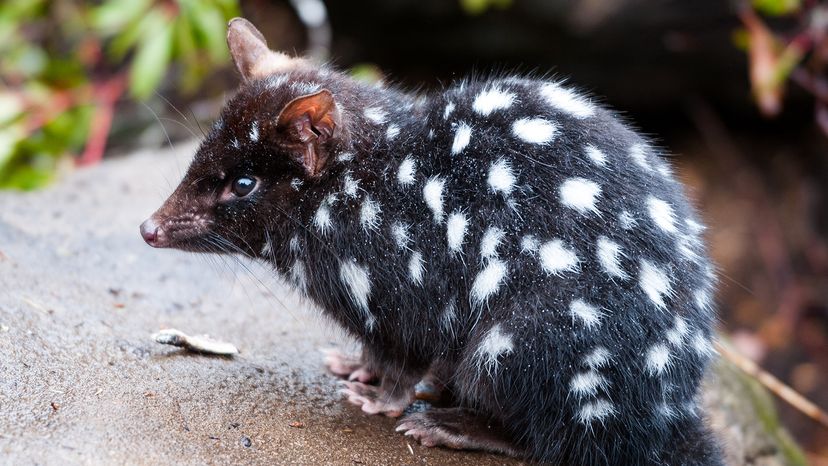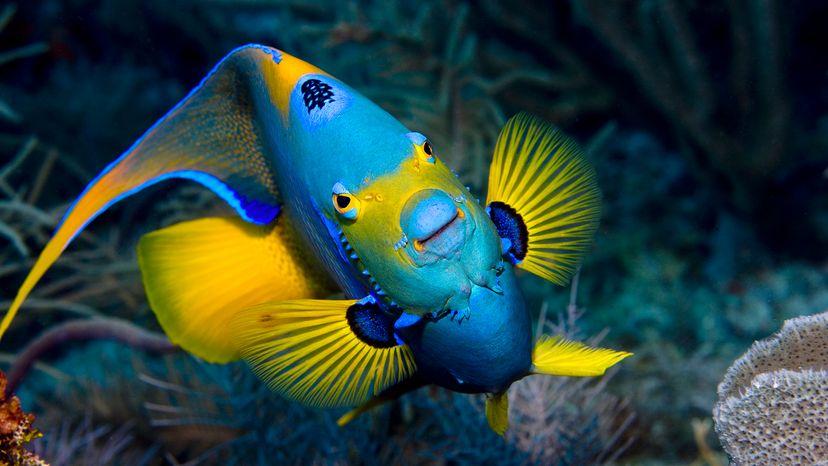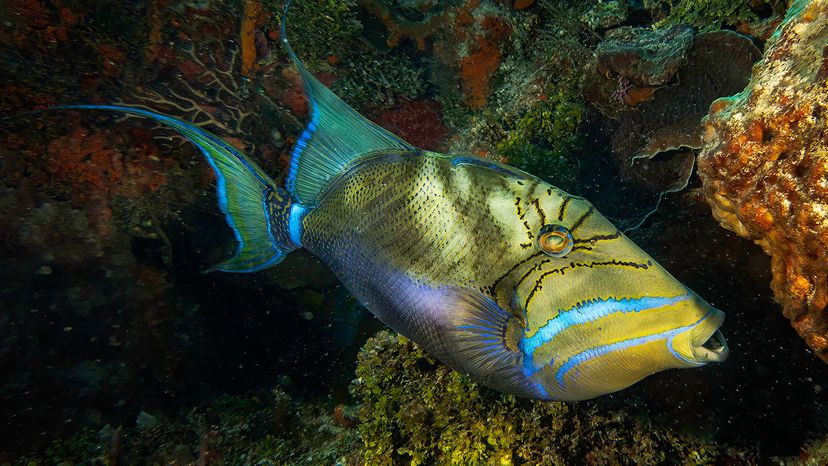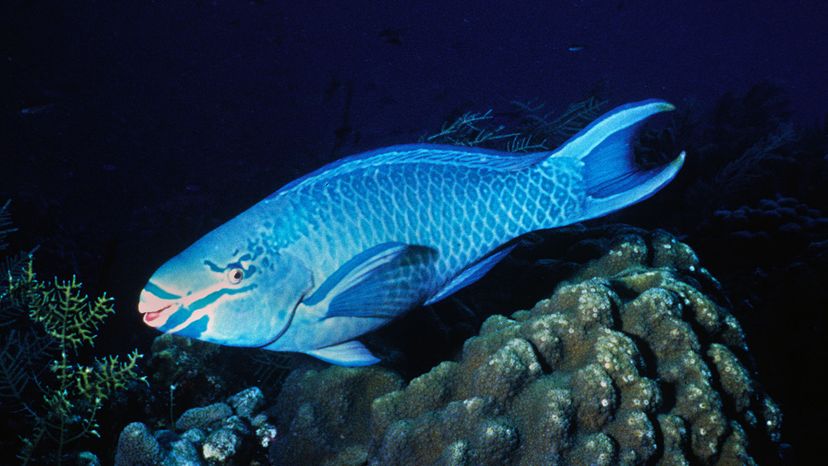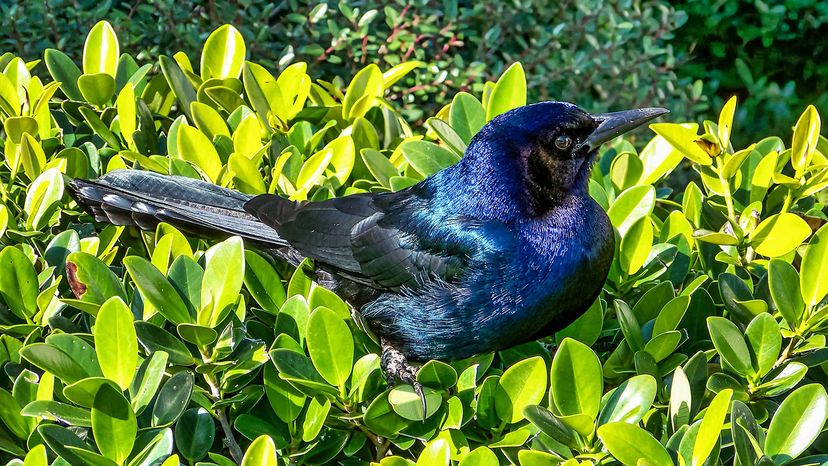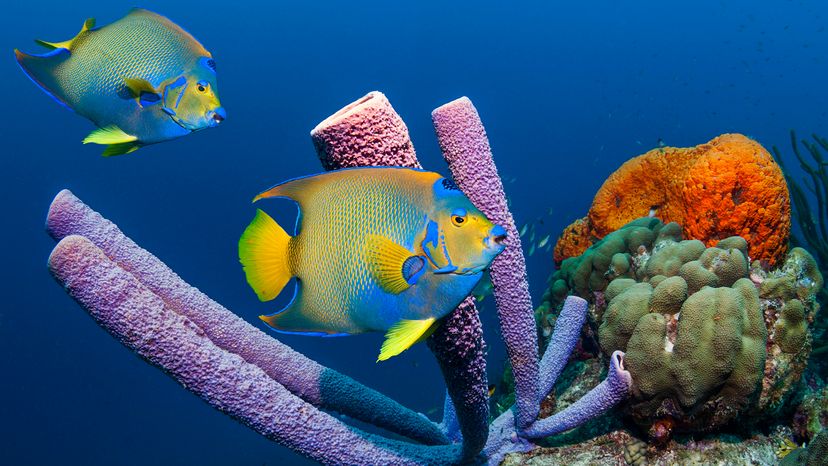
The animal kingdom is full of weird, wild and wonderful creatures, and today, we’re going to explore animals that start with "Q."
Some of these animals are well-known, while others are a bit more obscure. From tropical rainforests to the Indian Ocean, these creatures can be found in diverse habitats across the globe.
Advertisement
This list of animals beginning with "Q" includes some of the largest flying animals, as well as others that are tiny but mighty. Whether they’re a carnivorous marsupial native to Australia or an extinct species, each one has played a unique role in its ecosystem.
